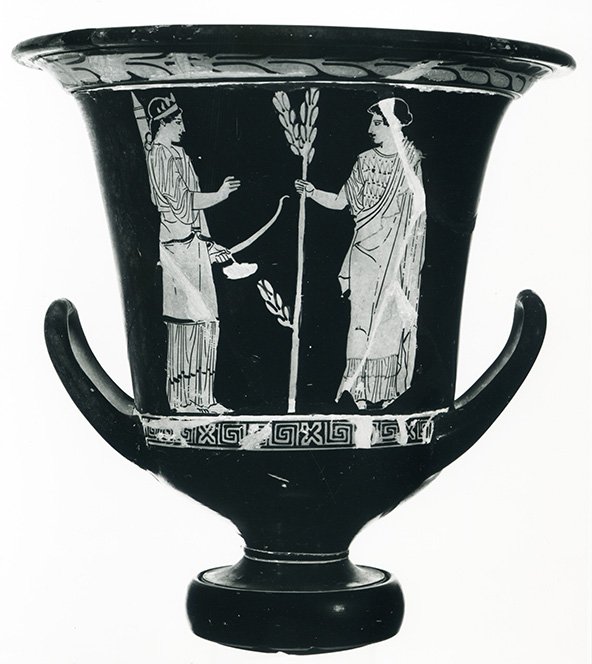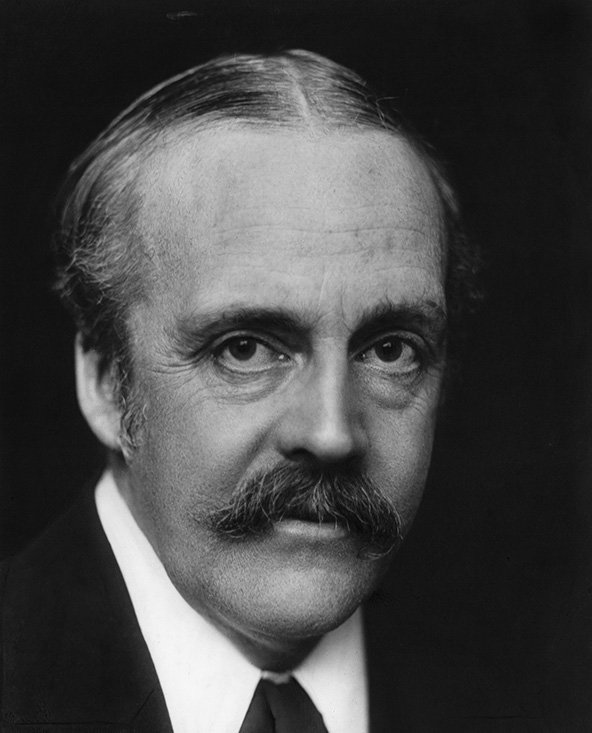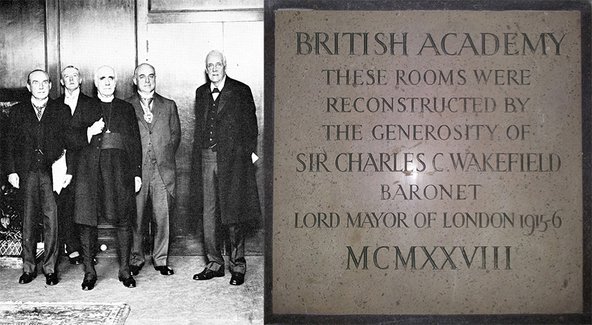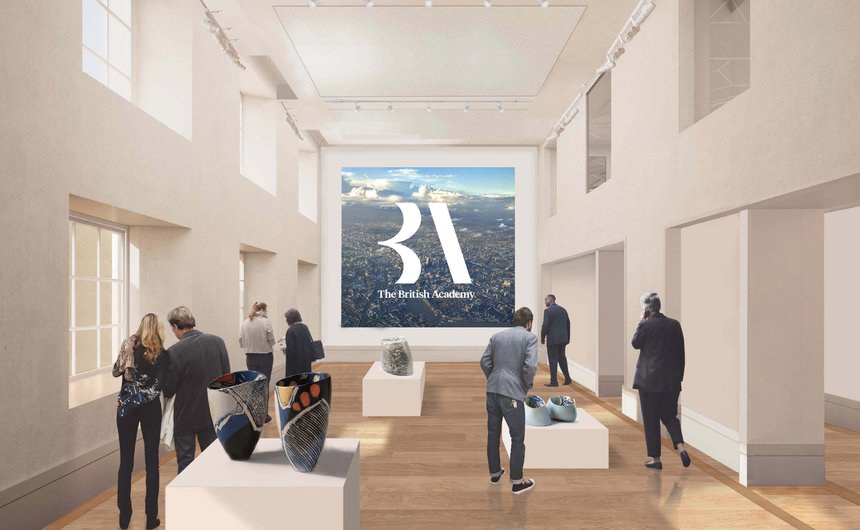To mark its 120th anniversary this year, each month the British Academy looks back on a different decade in its history by delving into its extensive archive of historical sources. This retrospective will lead up to the publication of a booklet on the first 120 years of the Academy.
Although the war was over, one final casualty of it would be inflicted by the internal affairs of the British Academy. The young economist John Maynard Keynes had been nominated for membership of the Academy’s newly constituted ‘Economic Science’ Section, but his election was blocked at the 1920 Annual General Meeting. Keynes’ recent very popular book on the Economic Consequences of the Peace, which had denounced the punitive financial terms that had been imposed on Germany, was thought by several Fellows to be politically offensive. This error of judgement on the part of the Academy was not put right until Keynes was finally elected to the Fellowship in 1929.

But peace did allow the Academy to start once more to develop its academic programmes. In 1921 it marked the 600th anniversary of the death of Dante with lectures and a publication. It received the proceeds of a fund to establish a lecture on ‘a Welsh or other Celtic theme’ in the name of the late Sir John Rhys FBA. It engaged with the international projects being promoted by the Union Académique Internationale, including one to catalogue all ancient Greek pottery. And, after Toyko Imperial University’s library had been destroyed in an earthquake in 1923, it was to the Academy that the British government turned to co-ordinate Britain’s efforts to help restore the library.

Indeed, the Academy’s relations with government were much aided by the fact that its President was now Arthur Balfour. Although he had been unable to secure public funding for the Academy when he had been Prime Minister, he now lobbied vigorously on its behalf. This bore fruit when the short-lived Labour government of 1924 gave the Academy a grant of £2000 ‘in aid of the work, national and international, conducted by the British Academy – the whole sum to be devoted to the promotion and publication of research’; the fact that one its Fellows, Richard Haldane, was that administration’s Lord Chancellor had clearly been influential. And the annual grant was continued by the new Conservative Chancellor of the Exchequer, Winston Churchill.
With this secure source of funding, the Academy was now better able to support its research interests. And additional generous private funding enabled the Academy to commission important excavations in the Hippodrome of Constantinople, carried out in 1927 and 1928.
In 1927, the Academy celebrated its 25th anniversary. The celebratory dinner was made an even happier occasion by a letter from Churchill announcing that, ‘in recognition of the position of the British Academy and its services to the nation’, it had been granted ‘free quarters’ in the east wing of 6 Burlington Gardens. The Academy’s first home was officially opened in July 1928. In the photograph below, pictured in the wood-panelled Council Room, from right to left, are Arthur Balfour (President of the British Academy 1921-28), the Lord Mayor of London, the Archbishop of Canterbury, the architect Arnold Mitchell, and Sir Charles Wakefield, whose generosity in paying for the reconstruction of the rooms was subsequently recognised by a commemorative plaque. The opening was followed by a lunch attended by the Prince of Wales.

That the Academy ended the decade so positively was a fitting culmination of the ceaseless efforts of its first Secretary, Israel Gollancz, to see it established on a sound footing. He died in 1930.
The home of the British Academy
For the first 26 years of its existence, the Academy relied on the generosity of other learned societies for accommodation and hired rooms. In 1928, it acquired its first home, 6 Burlington Gardens. The Academy has moved three times since then, as it has grown in size and ambition. In 1968, it moved into rooms in Burlington House, and then again in 1982 to 20-21 Cornwall Terrace, which overlooked Regent’s Park.
The British Academy has occupied its present home, 10-11 Carlton House Terrace, since 1998. The Terrace was built in 1831 to designs by John Nash. For the first 90 odd years, Nos. 10 and 11 were grand private houses – William Gladstone lived at No. 11 when he was Prime Minister for the first time. The two houses became joined together when they were occupied by the Union Club from the 1920s and then by the Commonwealth Secretariat.
In 2018, with support from its sponsoring government department, BEIS, the British Academy extended its lease on its home at Carlton House Terrace to 125 years. Now, with just over 120 years remaining, we are looking ahead to the next 12 decades. While staff were working from home during the pandemic, the offices on the upper floors were refurbished to create inviting workspaces with lots of natural light. And now we have embarked on an expansion project, opening up areas in the basement levels, which will provide much-needed modern, digitally-enabled event spaces. This ambitious programme has been generously supported by the Wolfson Foundation, the Garfield Weston Foundation, and others. The innovative facilities will provide opportunities for us to reach out to the research community and other audiences, both nationally and internationally, including through hybrid events and broadcast-quality streaming.

Our beautiful home at Carlton House Terrace, with its historic interiors, also generates valuable funds for the British Academy through the use of this distinctive venue by other clients for meetings, events, weddings and location filming – run through our trading arm, Clio Enterprises (named after the Muse of history, Clio, who appears on the Academy’s seal). The project now being undertaken to transform the lower levels will diversify the audiences we can welcome into the building and deliver important additional commercial opportunities, thereby continuing to strengthen the financial independence of the Academy.
Although the work of the British Academy reaches across the nation and beyond, its London home is being fitted out as a resource to support the humanities and social sciences for the next 120 years.
This page was created to mark 12 Decades of the British Academy.
